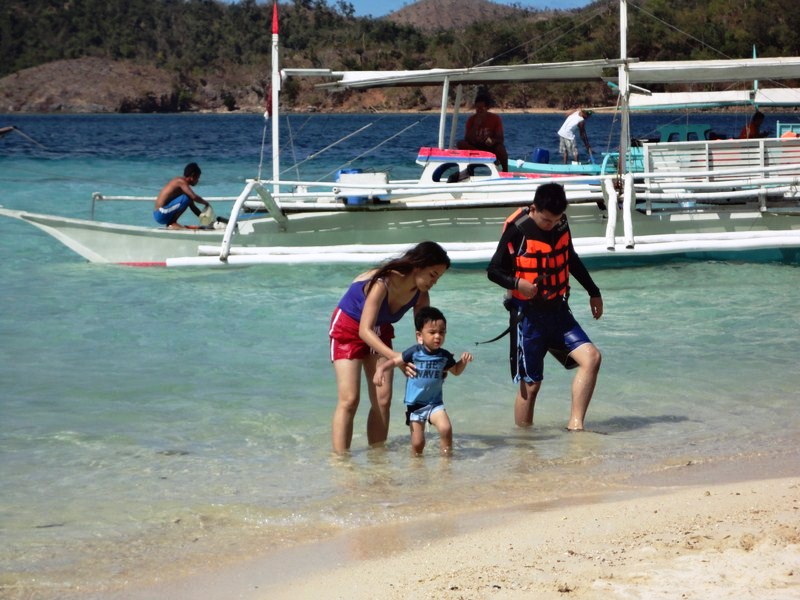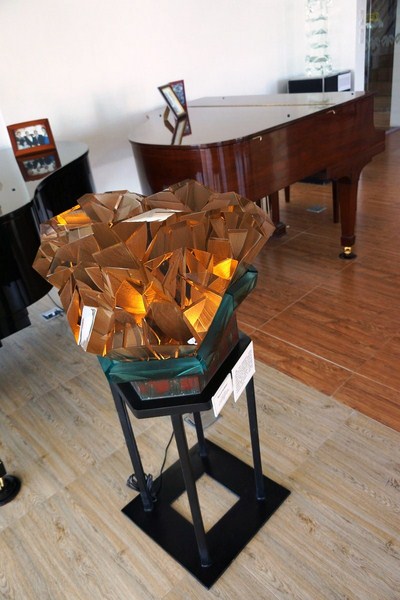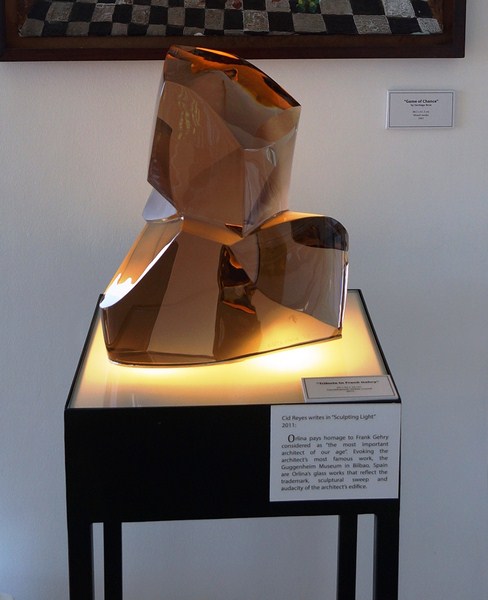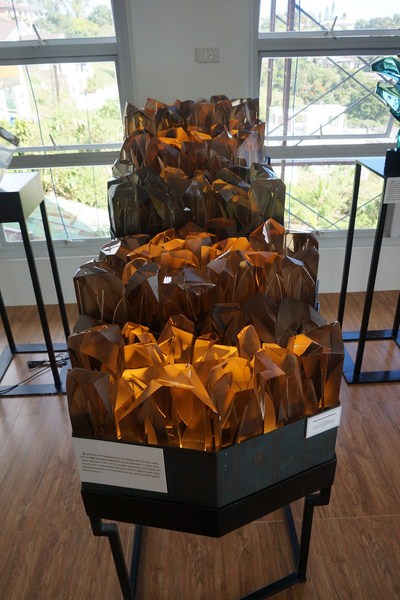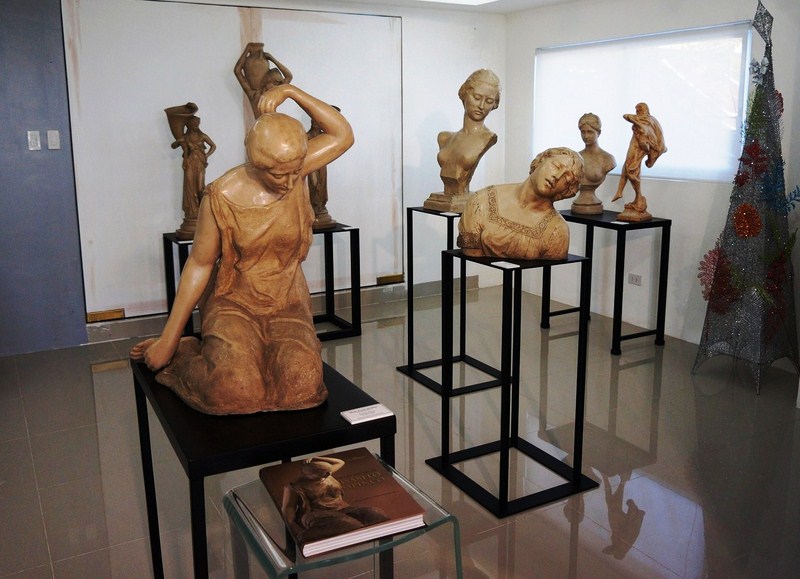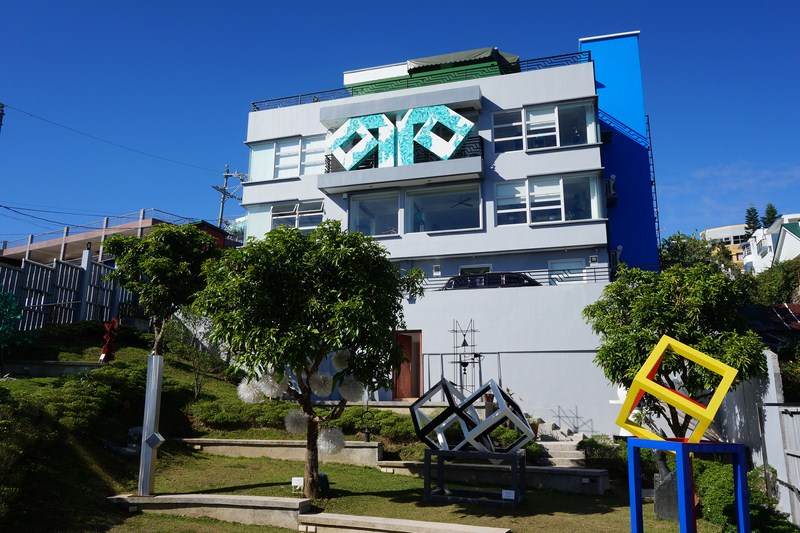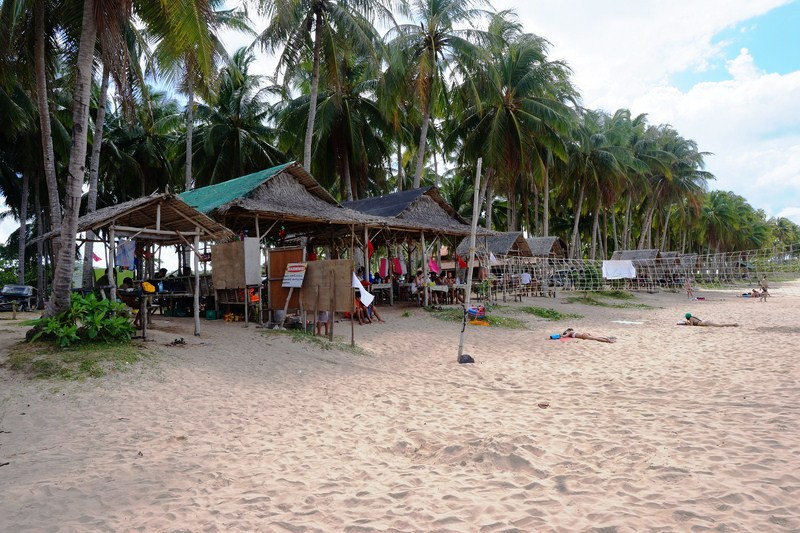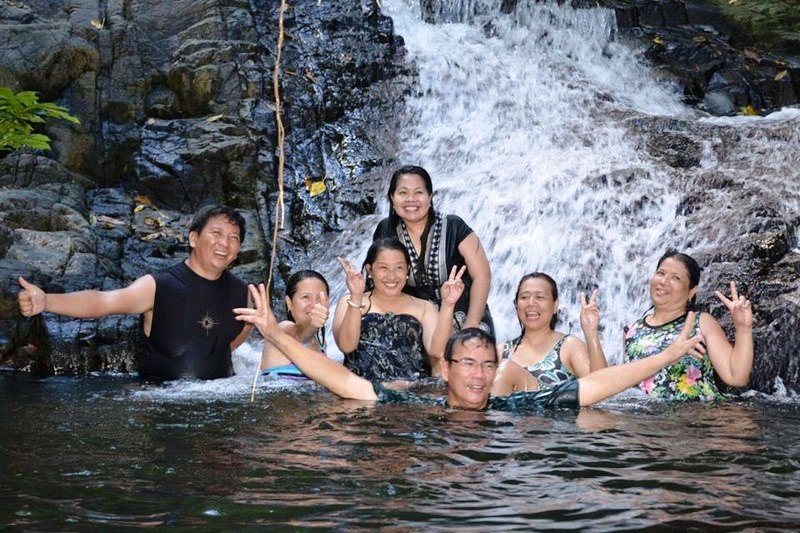After lunch at Atwayan Beach, we again boarded our boat and proceeded on to our next destination – CYC Island, a part of the Coron Island Ultimate Tour we availed of from Asia Gran View Hotel. From our boat, we had to alight into the waist-high and clear waters of the sea and walk, a little way, to the island’s beach.
Guests are advised to put on booties and be extra careful walking as there are rocks under the water and they may injure their feet. Although there were other tourists already there, the beach was not too crowded.
CYC, short for Coron Youth Club, is the only free beach in the area. Other beaches charge a PhP100 entrance fee (Coron’s islands are jokingly called the “Hundred Islands”). The island’s beach sand is white (though not as white as Banol’s and the other beaches in Coron) and its surrounding waters are crystal clear.
There were also some rock formations and beautiful mangrove trees located all over the island but guests are discouraged to go there by the guides due to the possible presence of stonefish partly hidden in the sand. There are also sea urchins and sea snakes (locally known as walo-walo).
Being a public beach, I expected the beach to be dirty but, surprisingly, it was clean. Its long, shallow sand approach makes it ideal for kids to swim in and its water temperature is perfectly lukewarm. The sea breeze adds to the memorable experience. Two dogs were serenely watching us as Kyle played with the sand.
The dogs were said to have come from the opposite island, swimming back and forth before the day ends. The monkey who used to live here is already dead. The wide beach has a division as part of its white sand was said to have been illegally quarried by a politician for his private beach, thus deforming the island’s beach.
The island has no cottages but the area is suitable for camping (just bring your own tent, food and water). Go there when it’s off season so you can get the most out of it. If you love snorkeling, you will love this beach as well.
There’s not much sea life in the shallows, with just a few sporadic clown fishes, but there’s some very good snorkeling farther off, in deeper water, to a coral forest on the reef to the east of this pretty beach. Here, you will find beautiful colorful coral walls and much sea life. If you’re a non-diver, you can have your Discover Scuba Skills Test here.
CYC Beach, great for a swim and relaxation, is still good for a 30-minute to 1-hour stay even if you are not into snorkeling or camping.
Asia Grand View Hotel: Governor’s Ave., Jolo, Brgy. 5, Coron, Palawan. Tel:(+632) 788-3385. Mobile number: (0999) 881-7848. E-mail: gsd@asiagrandview.com. Manila sales office: Unit 504, Richmonde Plaza, 21 San Miguel Ave., Ortigas Center, Pasig City. Tel: (+632) 695-3078 and 531-8380. Mobile number: (0917) 550-7373 to 75 Fax: (+632) 695-3078. E-mail: info@asiagrandview.com. Website: www.asiagrandview.com.



